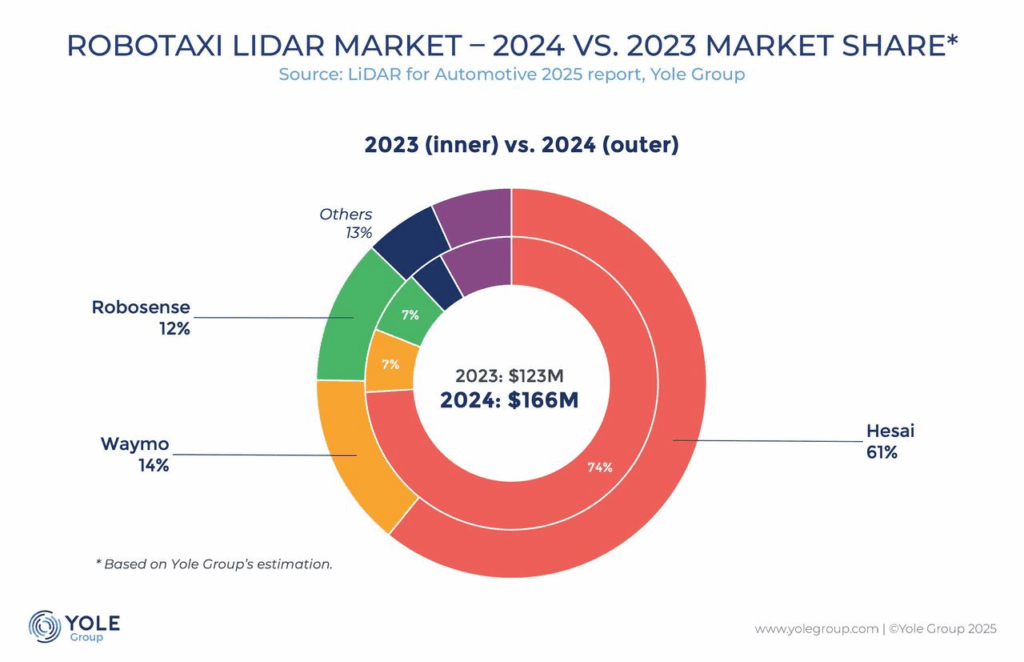Q1 2025 Freight Payment Index giving mixed signals
Recent Q1 data released by U.S. Bank as part of its Freight Payment Index painted a mixed picture of the national truck freight market, characterized by persistent declines alongside emerging signs of recovery. The post Q1 2025 Freight Payment Index giving mixed signals appeared first on FreightWaves.


U.S. Bank Q1 2025 Freight Payment Index pairs declines with emerging recovery

Recent Q1 data released by U.S. Bank as part of its Freight Payment Index painted a mixed picture of the national truck freight market, characterized by persistent declines alongside emerging signs of recovery.
The Shipments Index fell 5.8% from Q4 2024 to 75.4 points, while the Spend Index dropped 2.5% to 177.8 points. Despite these quarterly declines, the year-over-year spending drop of 8.6% was the smallest since Q1 2023, a potential stabilization signal after four quarters of declines exceeding 20%. Bob Costello, chief economist at the American Trucking Associations, attributed the ninth consecutive quarter of declines to severe winter storms, wildfires, tariff uncertainties and sluggish retail sales. Extreme weather events, including heavy snowfall in the South and Southeast and devastating wildfires in Southern California, disrupted freight volumes for weeks, though the West reported higher shipments for the quarter.
Economic factors contributed to mixed signals. Shippers and manufacturers ramped up imports and production to preempt potential tariffs, temporarily boosting freight demand in certain sectors. However, soft retail sales and cautious consumer spending on big-ticket items created headwinds. The disparity between shipment (-5.8% quarterly, -13.8% yearly) and spending (-2.5% quarterly, -8.6% yearly) declines suggests tightening industry capacity, driven by rising diesel prices and shrinking fleets as some carriers exited or downsized. Freight rates showed modest recovery, with spot rates rising 0.9% and contract rates up 0.8% from Q4, though both remained lower than Q1 2024. Fuel prices, up 2.3% quarterly but down 14% yearly, further influenced spending trends.
Regionally, outcomes diverged sharply. The Northeast led with a 3.6% shipment increase and 4.1% spending rise, fueled by robust retail sales and import volumes — its strongest performance since Q2 2022. In contrast, the Midwest and Southeast faced challenges. The Midwest saw declines due to weak manufacturing, a 30% drop in housing starts and winter weather, while the Southeast struggled with unusual snow and flat retail growth. Looking ahead, the freight market faces uncertainties from a declining housing sector, though improved factory output and potential shifts toward goods purchasing offer some hope.

April preliminary Class 8 orders take a dive to pandemic levels

Recent April Class 8 data released by ACT Research and FTR Transportation Intelligence showed the lowest order total since May 2020 during the days of COVID shutdowns. ACT Research reported 7,600 units, a decline of 52% year over year.
Ken Vieth, president and senior analyst at ACT Research, wrote in the release, “Between the end of the industry’s annual ‘order season’ and the uncertainty surrounding the impact of US economic policy that peaked at the start of the month on ‘Liberation Day,’ April delivered the weakest cumulative MD and HD order tally since the beginning of the pandemic when markets were comparably unsettled.”
Rival firm FTR Transportation Intelligence reported 7,400 units in April, a decline of 54% both month over month and y/y. For reference, the seven-year April Class 8 order average is 18,963 units. FTR notes that reciprocal U.S. tariffs announced in early April added further challenges for fleets and the overall freight market. Additionally, some fleets are holding off on truck and tractor purchases until market conditions improve or stabilize, according to the release.
Looking at cumulative orders for the 2025 Class 8 order season, which ran from September 2024 through April 2025, orders are down 11% compared to the 2024 order season. FTR adds, “Increasing levels of cancellations in response to growing uncertainty might have contributed to the unusually low order levels this month. Both the on-highway and vocational markets saw substantial declines m/m due to weakening demand fundamentals.”
Market update: April LMI data shows pricing outgrowing capacity

Recent data from Logistics Managers’ Index (LMI) for April showed a freight market under strain, as transportation pricing surged ahead of capacity growth, signaling tighter conditions for shippers. The LMI is a diffusion index where a reading above 50 signals expansion and a reading below that, contraction. The overall LMI index rose 1.7 points, from 57.1 to 58.8, fueled in part by rising inventory levels, warehousing prices and transportation prices.
Transportation prices rose 5.8 points from March to 62.3 points while transportation capacity saw a lower rate of expansion, up 1.6 points from 53.6 to 55.2 points. FreightWaves’ Todd Maiden wrote, “The Tuesday report said ‘the negative freight inversion’ experienced in late March, when capacity was growing faster than pricing, didn’t continue into April, ‘meaning that the transportation market is still officially in expansion.’”
A continued theme the authors note is the origin inventory costs and warehousing prices, which “suggest that much of the inventory that was rushed in during Q1 is still sitting stagnant in storage facilities and not being sold to consumers. The movements in inventories we observed from January to mid-March are very similar to the movements we would normally see from August to mid-October.” The main difference between the Q1 versus the Q3 rush is Q3 inventory cresting is from items about to be sold for the holiday season; the current inventory buildup will take more time to sell, suggesting higher storage costs across the board.
More inventory hoarding due to tariff uncertainty bodes poorly for transportation capacity that hauls it. The LMI authors added, “Generally, our future numbers suggest that we may see dynamics similar to what we saw in the freight recessions of 2019 and 2022. Both of those downturns were led by decreases in B2B activity, during which Upstream activity contracted or expanded very meekly. Downstream activity was a different story during these freight recessions, as U.S. consumers continued spending, leading to more consistent activity at the retail level.”
SONAR spotlight: Volumes fall while rejections remain resilient

Summary: The first week of May brought declines in outbound tender volumes while outbound tender rejection rates posted a small rally. Outbound tender volumes dropped 375.14 points or 3.57% in the past week from 10,499.85 points on April 28 to 10,124.71 points. Outbound tender rejection rates saw the opposite, increasing 49 basis points w/w from 4.9% to 5.39%.
Compared to year-over-year comps, a recurring theme is that despite lower outbound tender volumes, the availability of transportation capacity remains more favorable when looking at outbound tender rejection rates. OTVI last year was at 11,043.42 points, 918.71 points and 8.32% higher than its current level, while OTRI is 216 bps higher vs 3.23% on May 6, 2024.
Comparing by segment, dry van continues to underperform the smaller and more volatile reefer segment. Dry van outbound tender rejection rates rose 17 bps w/w from 4.47% to 4.64% while reefer rejection rates remain elevated, up 15 bps w/w from 8.65% to 8.8%. The more favorable pricing power for reefer was also reflected in gains in all-in spot market rates, while dry van rates appear to have temporarily bottomed out. RTI rose 3 cents per mile w/w from $2.44 to $2.47 while NTI dry van spot rates fell 1 cent per mile w/w from $2.21 to $2.20.
The Routing Guide: Links from around the web
Are you Roadcheck-ready? Inspectors to key in on PC, false logs (Overdrive)
Illegal use of foreign drivers undercuts US trucking industry, stakeholders say (FreightWaves)
The freight industry has a CDL issue, and it’s deeper than it seems (FreightWaves)
Schneider reports intermodal growth in Mexico amid tariff uncertainty (Trucking Dive)
Tariff concerns drive April job gains in trucking and warehousing (Commercial Carrier Journal)
Labor Department Won’t Enforce Biden-Era Independent Contractor Rule (Truckinginfo)
Most recent episode
Like the content? Subscribe to the newsletter here.
The post Q1 2025 Freight Payment Index giving mixed signals appeared first on FreightWaves.



















































































































































